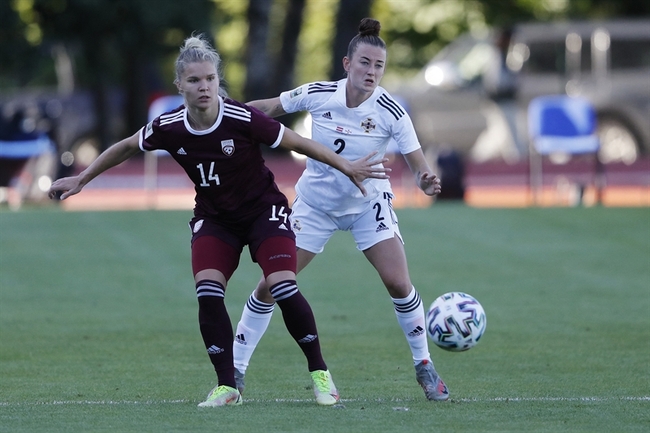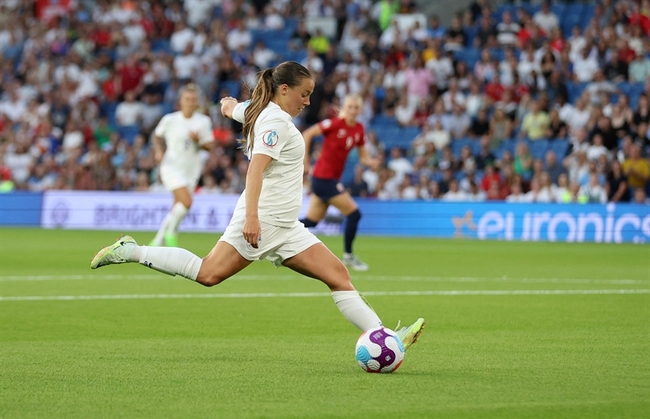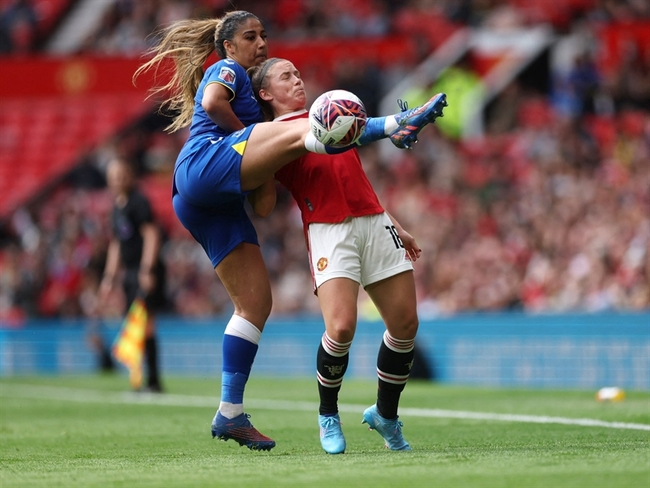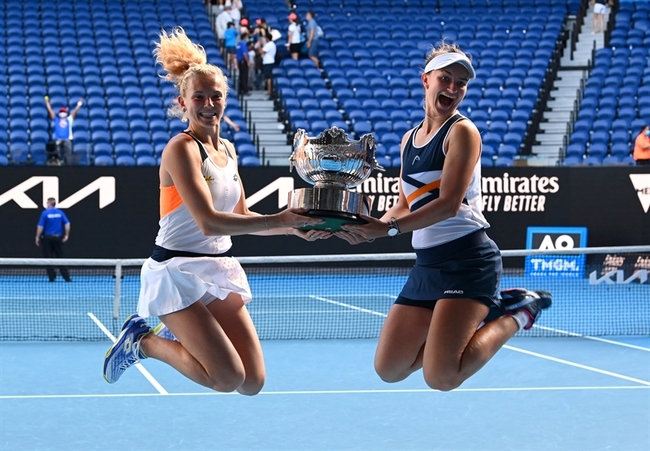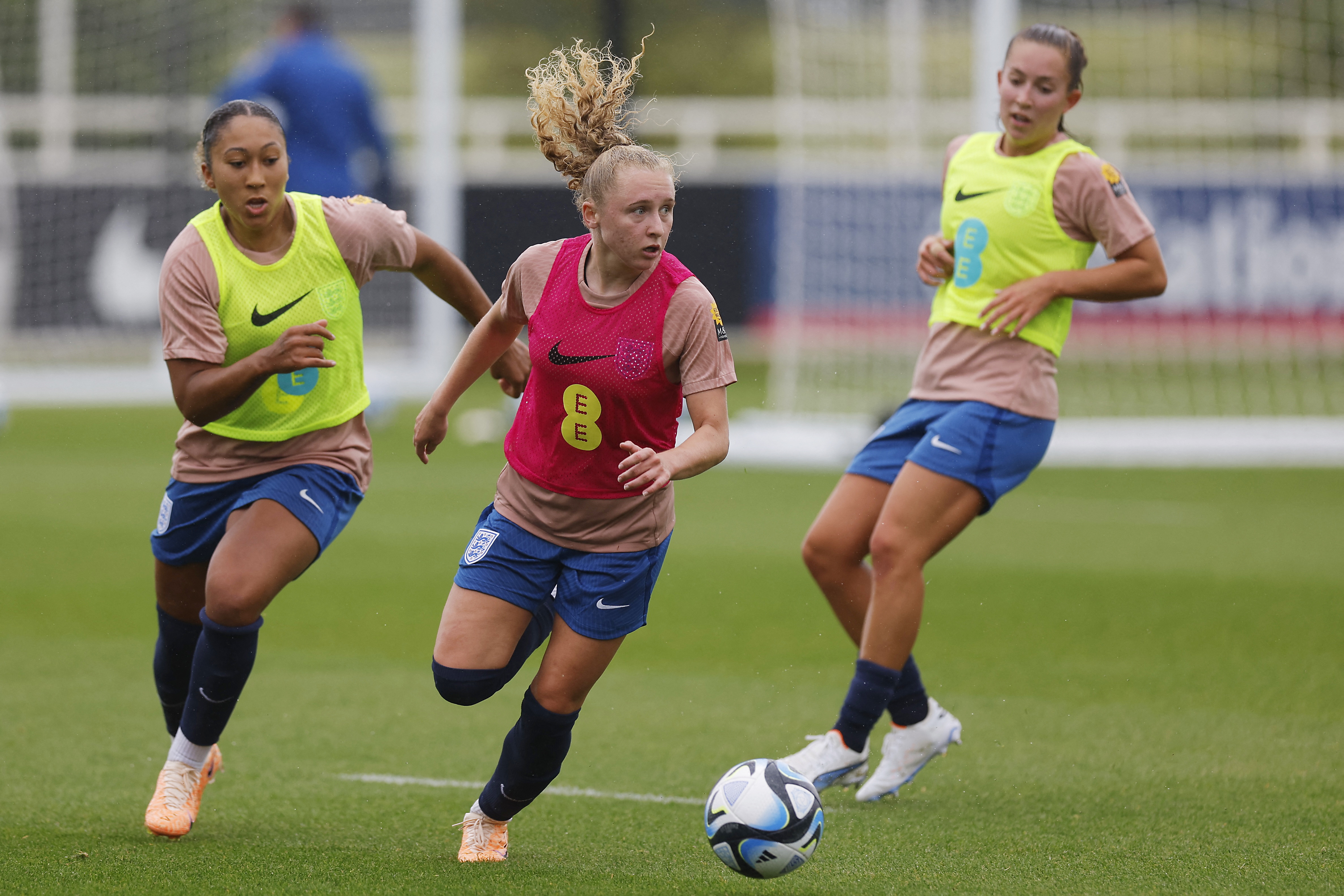Putting the brakes on ACL injuries in women

As we close out the month of May and our dive into sports injury in female athletes, we highlight a study that points out just how little research focuses on female ACL injuries. Researchers in Italy found only one recent video analysis study of ACL injuries in soccer players that included female athletes(1). They note the urgency of additional research into this topic because the number of ACL injuries in women is greater than in men. Therefore, they conducted a cross-sectional observational study of elite female soccer players from around the world. They searched injury data and then matched publicly available game footage with the injury histories.
Relevant video data was found in 35 cases (61% of the identified ACL injuries) and reviewed by three blinded reviewers. (The authors note another difference between women’s and men’s sports is the number and quality of the video coverage of elite-level games.) The reviewers determined the injury mechanism and game situation, including the season, match time, and field location, at the time of injury. They then conducted a further kinematic analysis of the footage moving through frame by frame and tagging determined body landmarks. Isolating frames enabled a more detailed biomechanical analysis. The interrater consistency was good to excellent in nearly all examined variables.
Results and Clinical Implications
Eighty percent of the injuries happened when the athlete was standing solely on the injured leg, though the leg was loaded in nearly all injuries. Sixty percent of the injuries occurred during high horizontal velocity, while vertical velocity wasn’t a factor in the mechanism of injury. Most of the injuries suffered were non-contact (54%) or indirect (34%). Direct contact with another player only caused four injuries.Defensive play resulted in the most injuries, with 18 occurring during a pressing/tackling maneuver. Pressing and preparing to tackle involves significant deceleration. The observed injured players seemed to experience a distraction just as they were trying to slow down. Interestingly, seven of the cases happened as the player attempted to recover their balance from kicking. Two of these injuries resulted when the player was knocked off balance by contact with their upper body.
The biomechanics noted reflected the classic mechanism of injury for an ACL tear: hip flexion to 45º, knee flexion to 52.5º, neutral ankle, and fixed flat foot. Three-fourths of the players rotated their trunks toward the uninjured leg in the direction of intended movement. The same number showed increased hip abduction, and most demonstrated knee valgus loading with an externally rotated foot. The researchers observed valgus collapse in 24% of the cases. Most injuries occurred during the first 45 minutes of the match, and injuries peaked in September and March.
Because the majority of the ACL injuries in this study were non-contact injuries, the authors suggest that most are preventable. While proven neuromuscular training reduces ACL injuries, the authors recommend that trainers and clinicians add a stronger deceleration component. Horizontal speeds played a greater role in ACL injuries than vertical forces, so replacing jumping and landing drills with eccentric quad deceleration drills may improve outcomes. In addition, distraction and upper body contact impacted balance recovery and resulted in injury. Therefore, also add perturbation training to prevention and return-to-sport programming.
Retrospective video analysis enabled the investigators to study the timing and sequence of injury. They found that the time between initial contact with the ground and injury was roughly 48 milliseconds. Athletes don’t have time to think and adjust. Neuromuscular training, especially for those returning to sport after injury, must include a timed component to simulate competition situations.
This study’s population of elite athletes may not be representative of all female soccer players. Furthermore, the study size was small, and the analysis dependent on camera angles determined by networks, not scientists. All recorded injuries occurred during a game situation, which may differ from circumstances experienced by those injured during training. Nevertheless, prevention and return-to-sport programs should include more substantial deceleration, change of direction, and perturbation drills that incorporate a timed component.
Reference
- The American Journal of Sports Medicine. May 2021. doi:1177/03635465211008169
You need to be logged in to continue reading.
Please register for limited access or take a 30-day risk-free trial of Sports Injury Bulletin to experience the full benefits of a subscription. TAKE A RISK-FREE TRIAL
TAKE A RISK-FREE TRIAL
Newsletter Sign Up
Subscriber Testimonials
Dr. Alexandra Fandetti-Robin, Back & Body Chiropractic
Elspeth Cowell MSCh DpodM SRCh HCPC reg
William Hunter, Nuffield Health
Newsletter Sign Up
Coaches Testimonials
Dr. Alexandra Fandetti-Robin, Back & Body Chiropractic
Elspeth Cowell MSCh DpodM SRCh HCPC reg
William Hunter, Nuffield Health
Be at the leading edge of sports injury management
Our international team of qualified experts (see above) spend hours poring over scores of technical journals and medical papers that even the most interested professionals don't have time to read.
For 17 years, we've helped hard-working physiotherapists and sports professionals like you, overwhelmed by the vast amount of new research, bring science to their treatment. Sports Injury Bulletin is the ideal resource for practitioners too busy to cull through all the monthly journals to find meaningful and applicable studies.
*includes 3 coaching manuals
Get Inspired
All the latest techniques and approaches
Sports Injury Bulletin brings together a worldwide panel of experts – including physiotherapists, doctors, researchers and sports scientists. Together we deliver everything you need to help your clients avoid – or recover as quickly as possible from – injuries.
We strip away the scientific jargon and deliver you easy-to-follow training exercises, nutrition tips, psychological strategies and recovery programmes and exercises in plain English.



